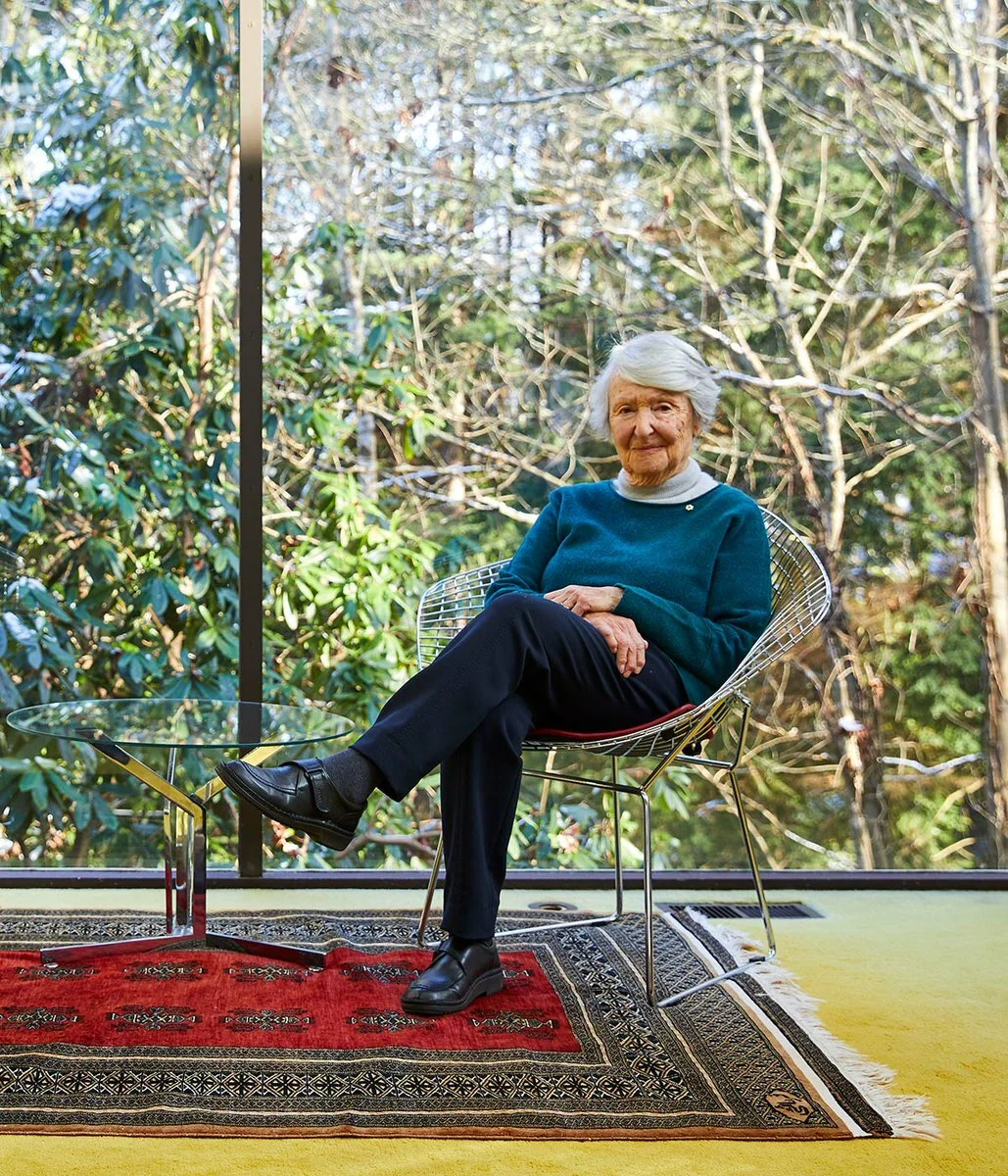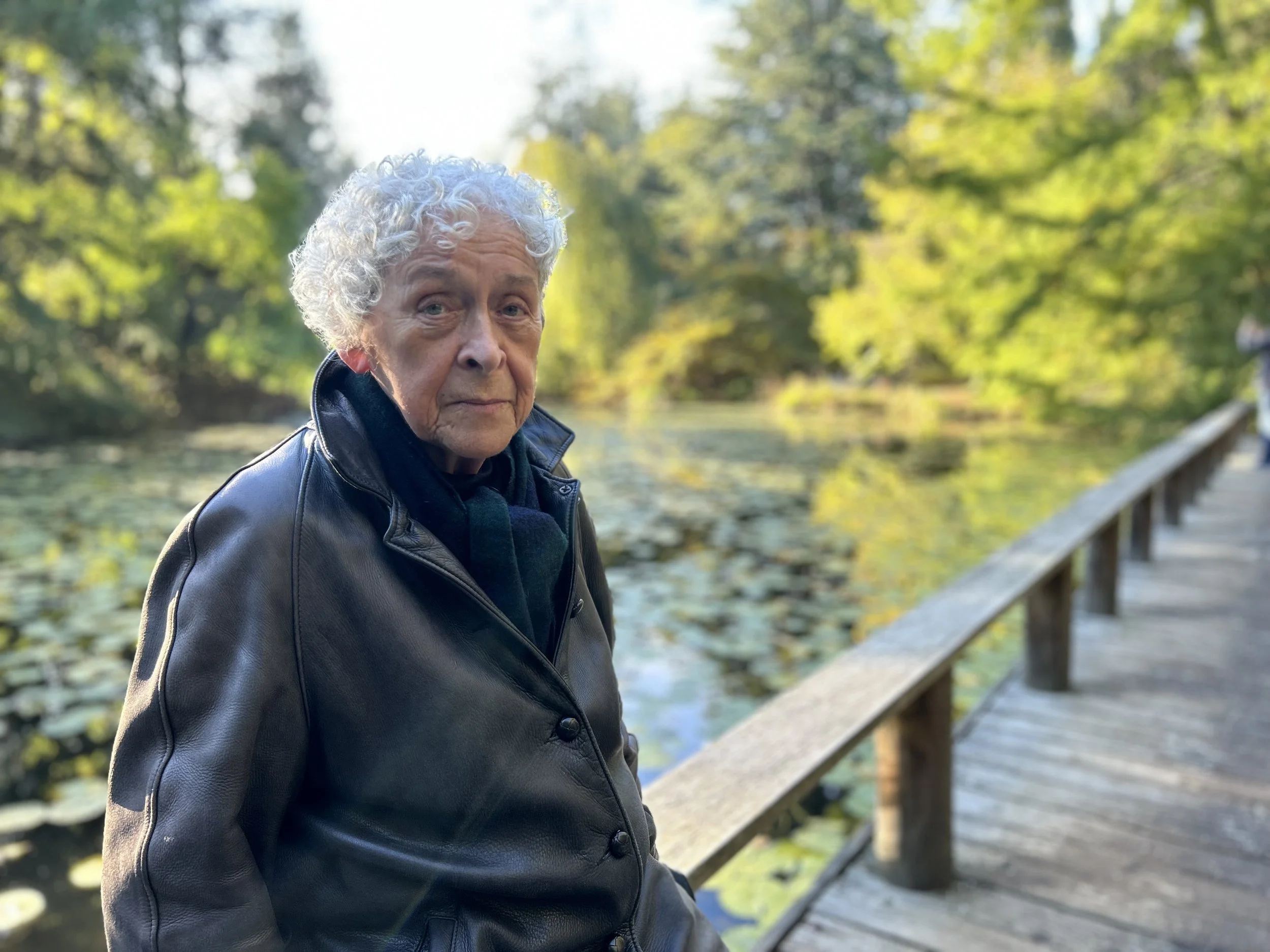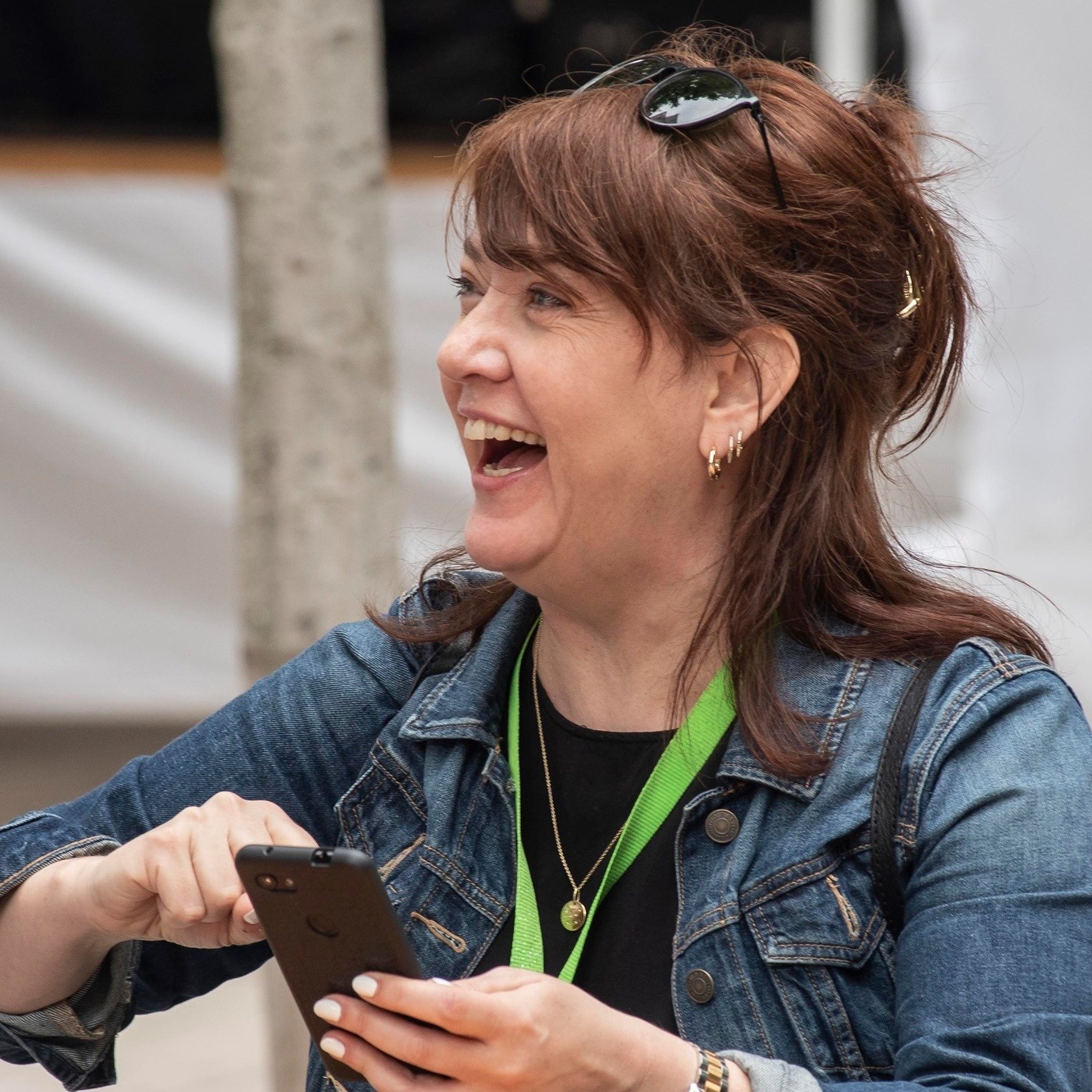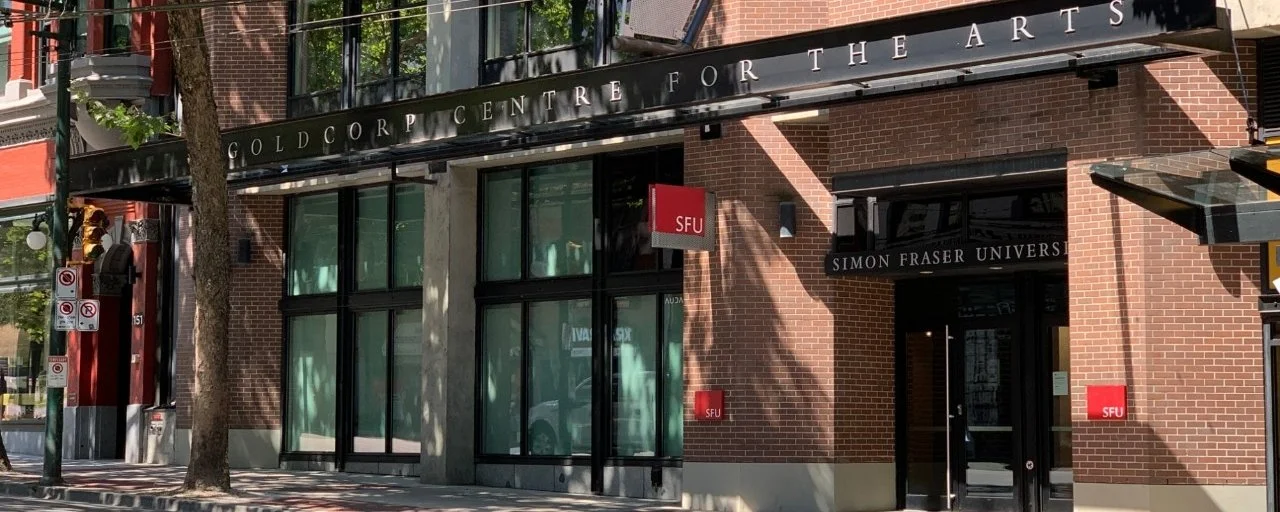Visionary Vancouver landscape architect Cornelia Hahn Oberlander's legacy lives on, from Robson Square to the Museum of Anthropology
She was a leader in sustainable design and a pioneer of Green roofs who’s credited with bringing people closer to their natural environment
Cornelia Hahn Oberlander. Photo by Yoshihiro Makino
ONE OF THE world’s greatest landscape architects and one of the few women in the field, Cornelia Hahn Oberlander passed away May 22 at 99.
A leader in sustainable design, a pioneer of Green roofs, and a strong believer in using indigenous plants, she’s credited with bringing people closer to their natural environment.
Oberlander was celebrated right through her final year of life, including a 70-year retrospective of her work at the West Vancouver museum that closed in March, and a City of Vancouver Freedom of the City Award that was presented to her May 18.
Her legacy literally lives on in green designs around the city, including Arthur Erickson’s Robson Square, the Museum of Anthropology, and the publicly accessible garden atop the Vancouver Public Library downtown. She added new roof-garden spaces to that last location in 2018, bringing the design’s original intent to life and ensuring less than 25 percent of the water that falls on the roof gets put back into the storm system. But her projects have also made their mark across the country and the world, including the Canadian embassy in Berlin, the New York Times building courtyard, the Hebrew University of Jerusalem botanical garden, the Canadian Chancery in Washington, DC, and the taiga garden of the National Gallery of Canada in Ottawa.
Oberlander fled Nazi Germany as a child with her mother (a horticulturalist) and sister for the U.S., living in Massachusetts on a 200-acre farm. She went on to study at the Harvard University Graduate School of Design, where she was one of the first women to graduate with a degree in landscape architecture.
In 1953, after working in Philadelphia and Vermont, she moved to Vancouver, where she established her own design firm and where her career flourished while raising three children with her husband, architect H. Peter Oberlander, Canada’s first professor of urban and regional planning. In the early 1970s, she began collaborating with Arthur Erickson, and she created designs for universities, governments, schools, and private residences.
Cornelia Hahn Oberlander, Perspective view for Children's Creative Centre Playground, Canadian Federal Pavilion, Expo '67, Montréal, Québec, ca. 1967, dry transfer on negative photostat printed on cardboard, 91 x 114 cm. ARCH252723. Cornelia Hahn Oberlander fonds, Canadian Centre for Architecture. Gift of Cornelia Hahn Oberlander, ©Cornelia Hahn Oberlander.
Oberlander designed the Children’s Creative Centre Playground at the Canadian Federal Pavilion in Montreal for Expo 67 (where some 30,000 children played between April and October of that year). It was a pivotal moment in her career, a time where her three children were still young.
“She felt it was very important that children don’t work with manufactured playground material, but to actually work with a lot of natural materials like sandboxes and water play,” Hilary Letwin, West Vancouver Museum’s acting museum administrator/curator, told Stir earlier this year at the Genius Loci exhibit. “She had these incredibly technical designs, but the point was really to let children discover things naturally.
“In mid-March, during the initial lockdown, I remember calling her to have a quick chat and she said, ‘What are your children doing during this time?’ I said the playgrounds were closed so I told her I was taking them to our local beach, and she said, ‘Oh, good! That’s the best place you can bring them. Let them climb on the rocks and play in the sand and dig in the mud’—and her ideal playground is really just that.”
In 2019 Oberlander had a prestigious award named after her: the Cornelia Hahn Oberlander International Landscape Architecture Prize was created by The Cultural Landscape Foundation. Other accolades include the Royal Architectural Institute of Canada’s 2011 Prix du XXe siècle, recipient of the 2012 American Society of Landscape Architects Medal, and a Companion of the Order of Canada.
“Oberlander’s landscape designs are breathtaking, poetic, unforgettable, charged with meaning, and above all, Modernist,” the Margolese National Design for Living selection committee said of the landscape architect when it awarded her its top prize in 2015. “Her interests draw on technical, ecological, symbolic, and artistic practices in a range of scales, from the entire planet to tiny neighbourhood parks. It is hard to imagine a living architect, planner, or landscape architect in Canada whose profile could compare to hers. Cornelia Hahn Oberlander is as close as we get to a household name in landscape architecture. She is, quite frankly, a national treasure.”
Locally, she was also an icon in the Jewish community.
Memorials poured in over the weekend, including this statement from City of Vancouver Mayor Kennedy Stewart: “Cornelia Oberlander was one of Vancouver’s most renowned Jewish residents, and during Jewish Heritage Month this May, we honour her outstanding accomplishments in bringing world-class landscape design to Canada, and to Vancouver in particular. On behalf of Council, I extend my deepest sympathies to her family and friends. May her memory be a blessing.”
“We are very sorry to hear of Cornelia Hahn Oberlander’s passing. Oberlander was one of the country’s preeminent landscape architects, also left an indelible mark on Vancouver,” Tweeted the Vancouver Public Space Network.
A funeral will be livestreamed from the Temple Sholom Cemetery, which Cornelia designed, on May 24.















